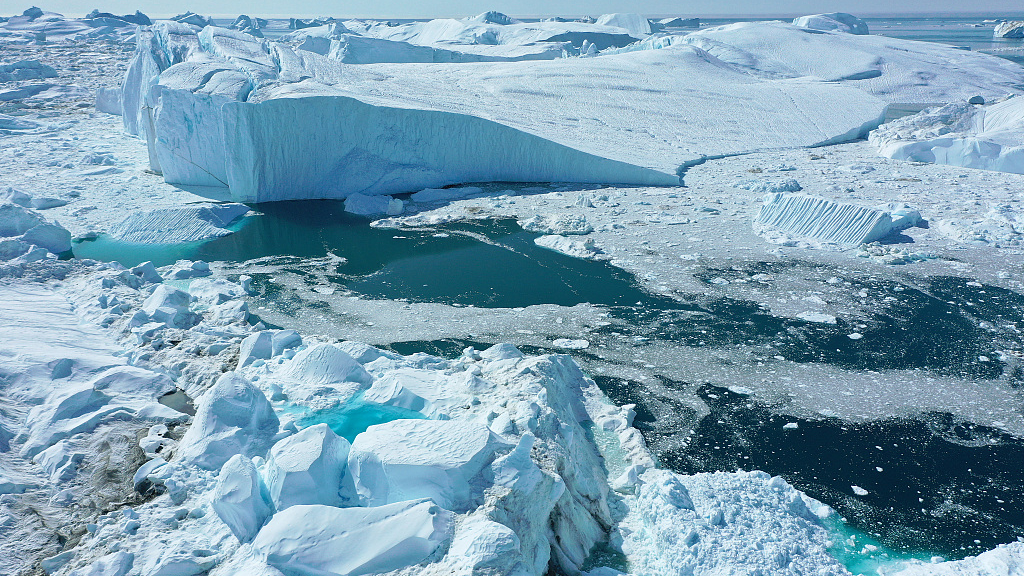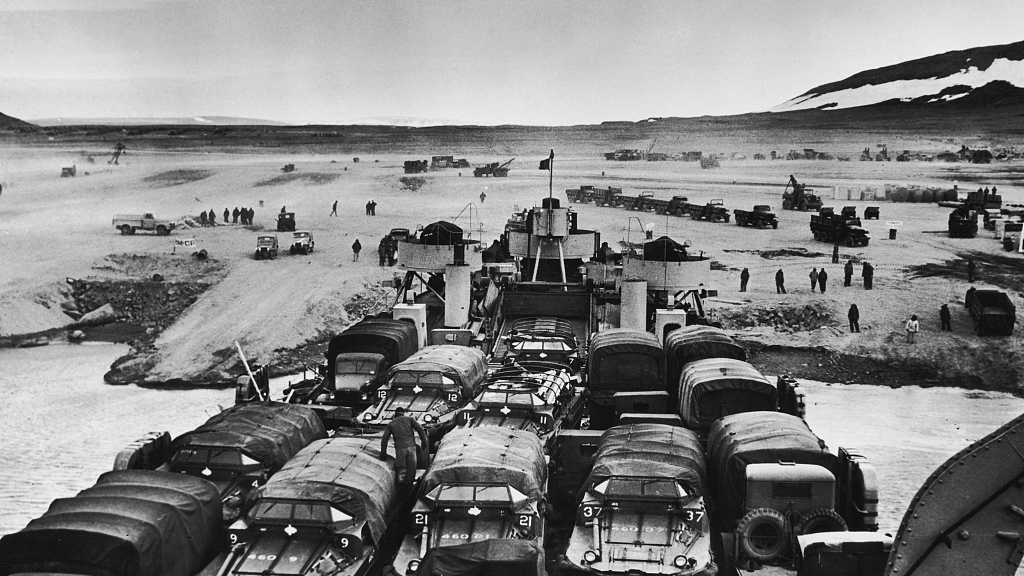

U.S. President Donald Trump's administration is planning to open a U.S. consulate in Greenland for the first time in decades amid increased strategic and economic interest in the Danish territory.
The State Department says in a letter to Congress that re-establishing a consulate in Nuuk is part of a broader plan to increase the U.S. presence in the arctic.
The U.S. has a "strategic interest in enhancing political, economic, and commercial relationships across the Arctic region," said the letter to the Senate Foreign Relations Committee, according to the Associated Press.
President Trump sparked a diplomatic dispute with U.S.-ally Denmark this week after he proposed that the U.S. buy Greenland and the Danish government rejected the idea.
Danish prime minister Mette Frederiksen called it an "absurd discussion." Trump fired back that her comments were "nasty" and he canceled a planned trip to Denmark.
A permanent diplomatic presence would allow the U.S. to "protect essential equities in Greenland while developing deeper relationships with Greenlandic officials and society," the letter said.
It said the consulate would be "a critical component of our efforts to increase U.S. presence in the Arctic and would serve as an effective platform to advance U.S. interests in Greenland."
Congress would likely have been open to the idea, but after Trump's actions the proposal will likely gain greater scrutiny.
The State Department said it has already assigned a Greenlandic affairs officer working out of the U.S. Embassy in Copenhagen. It now plans to hire locally-employed staff in Greenland by fall, or soon thereafter. Ultimately, it expects a staff of seven at the consulate in 2020.

In this aerial view icebergs float at the mouth of the Ilulissat Icefjord during a week of unseasonably warm weather on August 4, 2019 near Ilulissat, Greenland. /VCG Photo
Why Greenland?
Greenland is an autonomous region of Denmark and home to a population of over 56,000. The Greenlandic economy relies heavily on subsidies from the Danish government and its fishing industry. In 2017, roughly 75% of its total export were fish and shrimp.
Besides, the area holds a potential treasure trove of natural gas and rare earth minerals. Meanwhile, its mining industry remains undeveloped due to a lack of infrastructure.
Another important consideration for President Trump could be the new North Atlantic shipping lanes opening up due to melting glaciers. The new lanes could dramatically save the time and cost for maritime transport.
History of the U.S. presence in Greenland
The idea of purchasing Greenland can be traced back to U.S. President Harry Truman, who saw the island as strategically important in stopping Soviet planes from flying over the arctic and reach North America.
Truman's administration reportedly proposed 100 million U.S. dollars worth of gold and the rights to use an Alaskan oil patch in exchange for control over Greenland.
Yet, the idea of purchasing the island became less relevant with the creation of the North Atlantic Treaty Organization, where both the U.S. and Denmark were founding members. The newly formed NATO, guarded by the idea that "attack on one is attack for all," saw significant military coordination between western countries.
In 1943, the U.S. government under the direction of Franklin D. Roosevelt undertook Operation Blue Jay – a secret construction plan to build America's northernmost air force base, the Thule Air Base, atop Greenland's glaciers.

View across the deck of a Landing Ship, Tank (LST) that carries a cargo of trucks and vehicles during Operation Blue Jay, Greenland, 1952. /VCG Photo
A strategic win for the U.S. was followed with the displacement of the local population. In 1953, the indigenous Inuit community and other natives were given four days to leave their homes to make way for the expansion of Thule Air Base.
At the height of the Cold War, the U.S. Army considered placing strategic missiles at the base, pointing to the Soviet Union. During this time, several new installations were built around the base, including a top secret, nuclear-powered facility known as Camp Century. The camp, now left abandoned with all its nuclear waste, has become a ticking time bomb for the native population.
Greenland almost became a nuclear wasteland in 1968, when an American B-52 bomber carrying nuclear weapons crashed on the island. It was reported that some local population experienced radiation-related illness after the incident.
"We have so many [U.S.] military bases that have been left for many many years, and you can see the rust everywhere... they have left so much trash in Greenland," Dines Mikaelsen, a tour operator who was born and raised in Tasiilaq, East Greenland, told the BBC.
(With input from agencies. Cover image: A general view of the town of Kulusuk in Greenland on August 19, 2019. /VCG Photo)

Copyright © 2018 CGTN. Beijing ICP prepared NO.16065310-3
Copyright © 2018 CGTN. Beijing ICP prepared NO.16065310-3